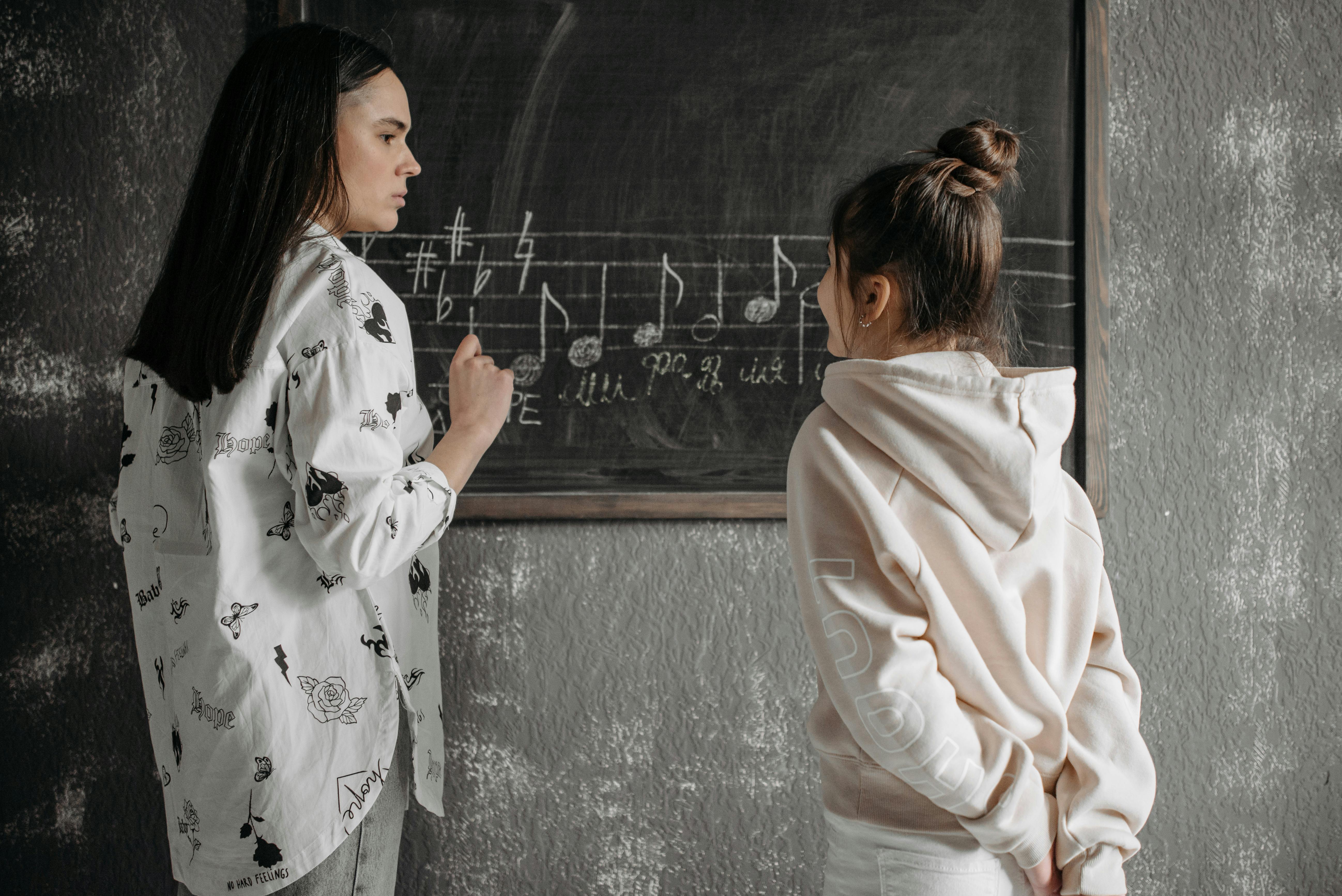Course Details
All classes are designed to encourage you for the long haul--a lifetime of learning and playing! We don't just teach you what to learn, but more importantly, how to learn.

Introductory Classes
In-class instruction includes a mixture of theory, history, and practical performance techniques. While piano and button accordions seem to differ radically, they ultimately share many features and techniques. Our introductory courses concentrate on these similarities, creating more well-rounded musicians.
Below are a few of the topics we cover in the introductory class.
The Accordion in Context
- The time and place of the instrument’s creation & development
- Czech migration and influence in Nebraska (1850-present)
- Identify several notable Nebraska accordion players
- Current popular genres (Folk, Folk-pop, Latin American, etc.)
- Get involved! Current opportunities and needs in Eastern Nebraska
The Instrument
- Understanding the accordion family (i.e. piano, diatonic, chromatic)
- Identifying the parts of the accordion
- Different national/regional instrument styles
- Fitting the instrument—proper strap length, etc.
- Understanding Bisonoric vs Unisonoric reed types -- piano vs. button
- Avoiding physical hazards -- storage, humidity, liquid, etc.
- Buying an instrument
Time/Rhythm
- Meter: two, three, four time.
- Long/short notes: division of the whole note into half, quarter, and eighths
- Rests
- Time signatures
- Essential patterns: 4/4 and 3/4 (Polka & Waltz dance steps)
- Understanding dotted rhythms
Pitch
- Understanding the division of the octave into the diatonic scale - Do Re Mi Fa Sol La Ti Do
- Intervals -- whole steps and half steps, chromatic inflection (Do-Di / Re-Ri / etc.)
- Intervals -- (seconds, thirds, fifths, etc.)
- Consonance and Dissonance
- The major scale (a fixed pattern of whole and half steps) - Movable Do
- Triads, and the three prominent (major) triads within the scale (I, IV, V)
- The chromatic scale and its visual connection to the piano keyboard
Notation Styles
Notice! These are just a sampling of popular/current styles. There are many more!
- Traditional "piano piano/accordion" notation (Notenschrift)
- Wilber "Dot notation" for button boxes
- Griffschrift
- Don Osentowski numbers
- Chord notation (C, F, G, Bb, etc.)